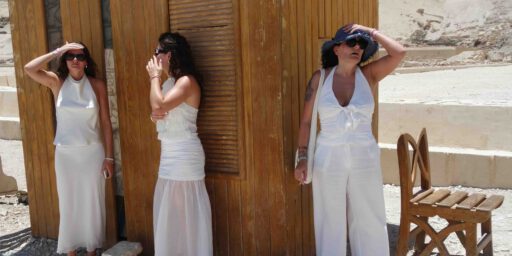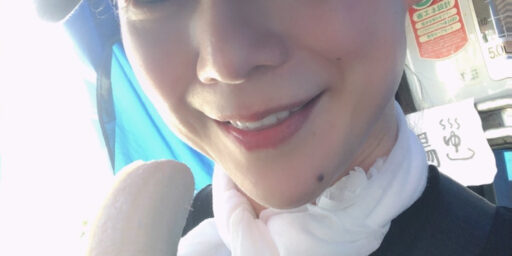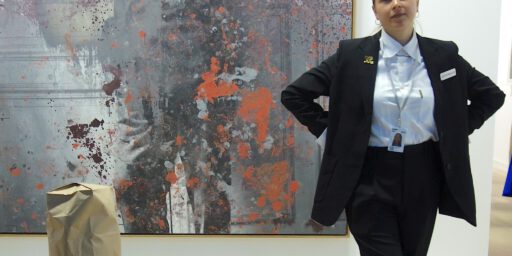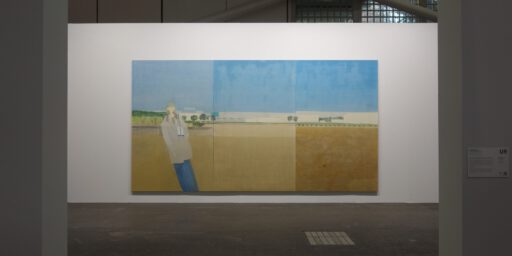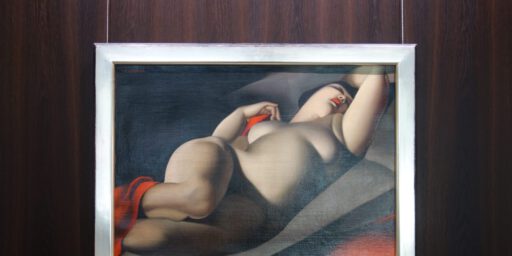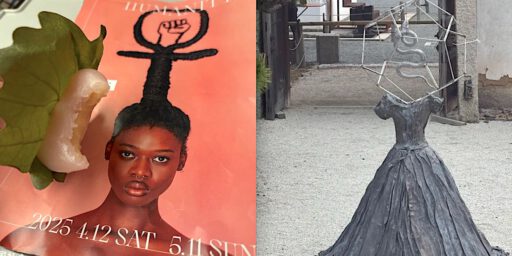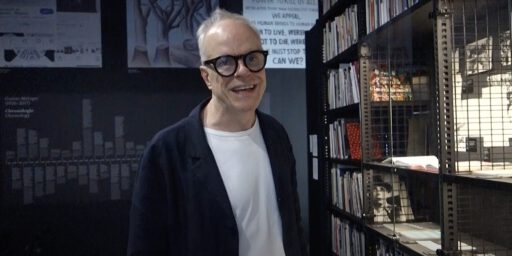Jiří Kovanda: Beautiful Seagulls Flying Into Aoyama Meguro, Tokyo 偉人イジー・コヴァンダ @ 青山|目黒
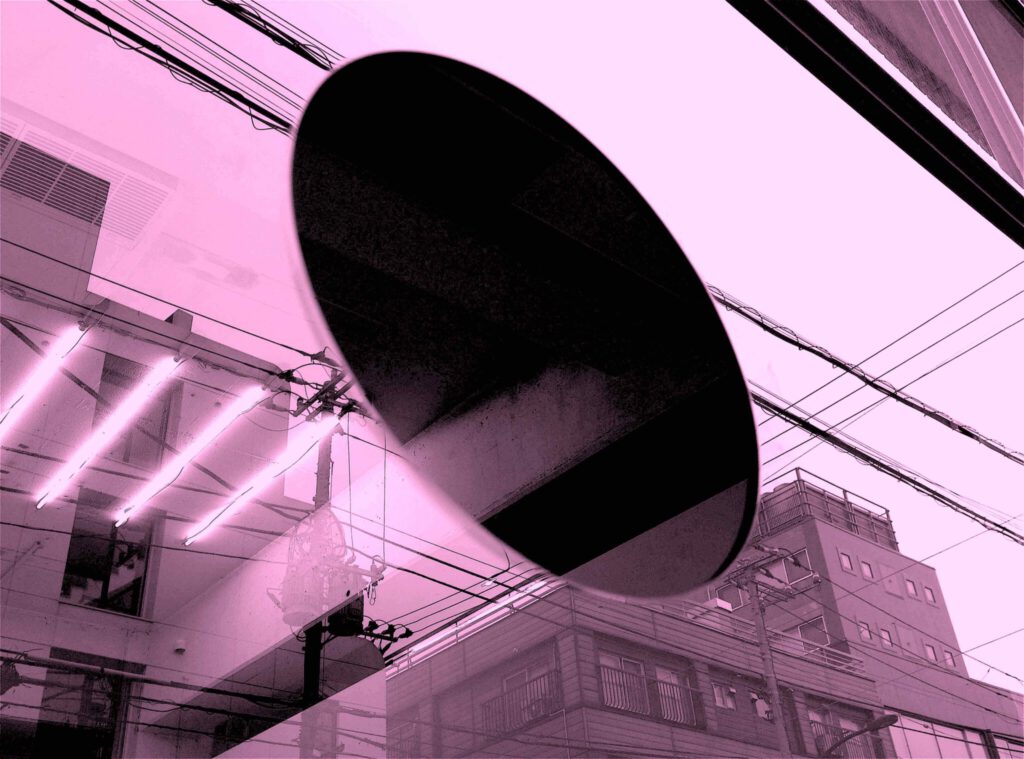

Jiří Kovanda ON AIR!
24th of December 2020. Hot Svařák, Moravian punch wine, with Christmas cookies being served in the gallery Aoyama Meguro. Even on Christmas Eve, museums and galleries are open in Tokyo.
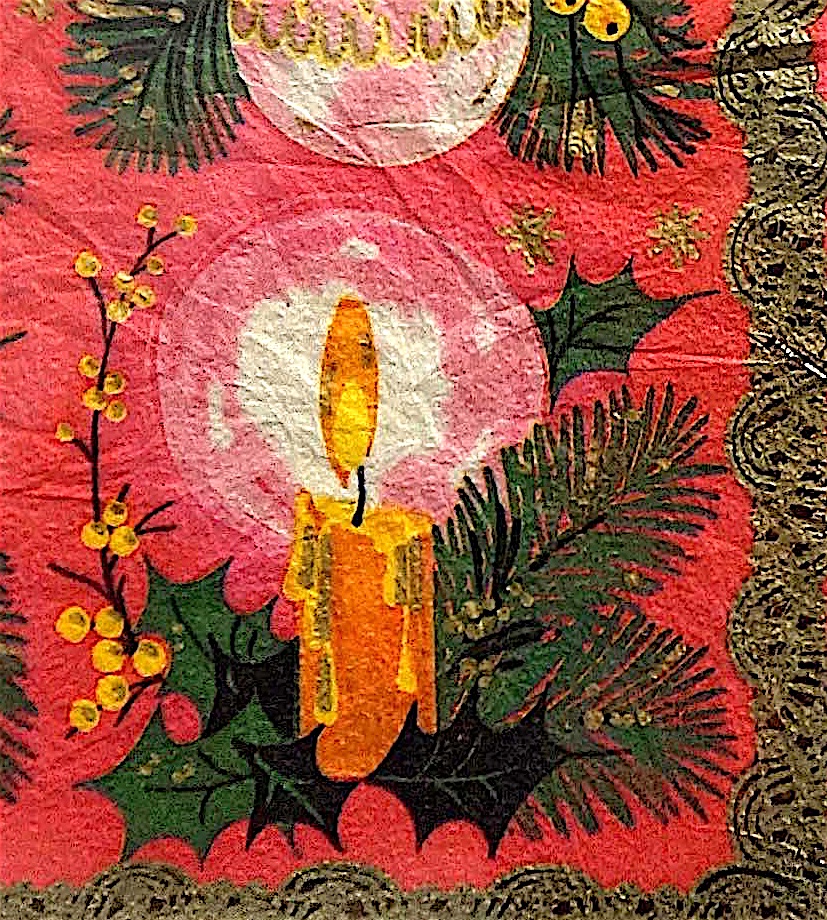
A breeze of fresh, clean air mysteriously transcends through the gallery’s spaces. Not because of Covid-19 and Social Distancing. Obviously the front room now belongs to the beautiful seagulls with their cozy nest, – warmly welcomed by legendary Czech artist Jiří Kovanda.
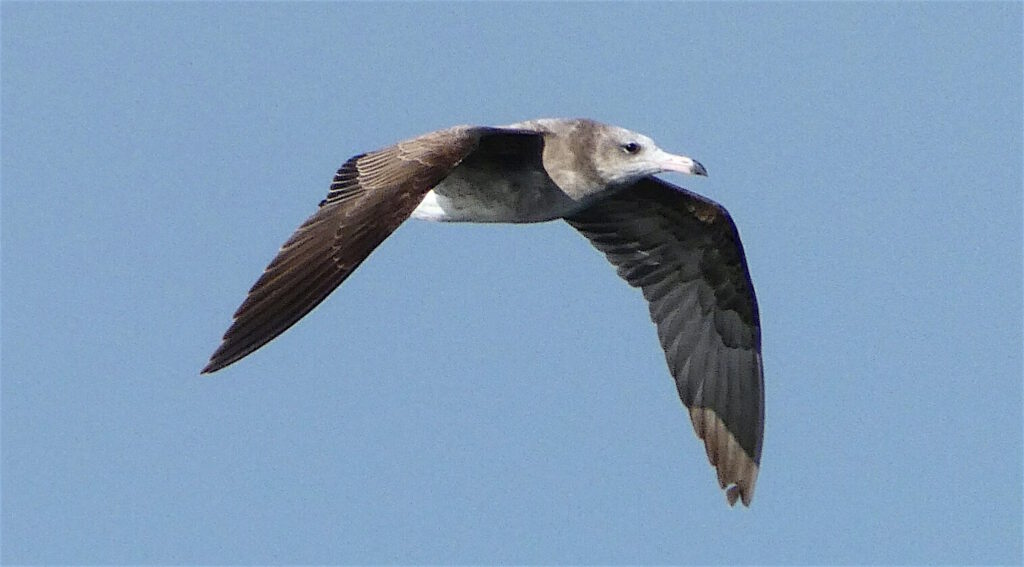
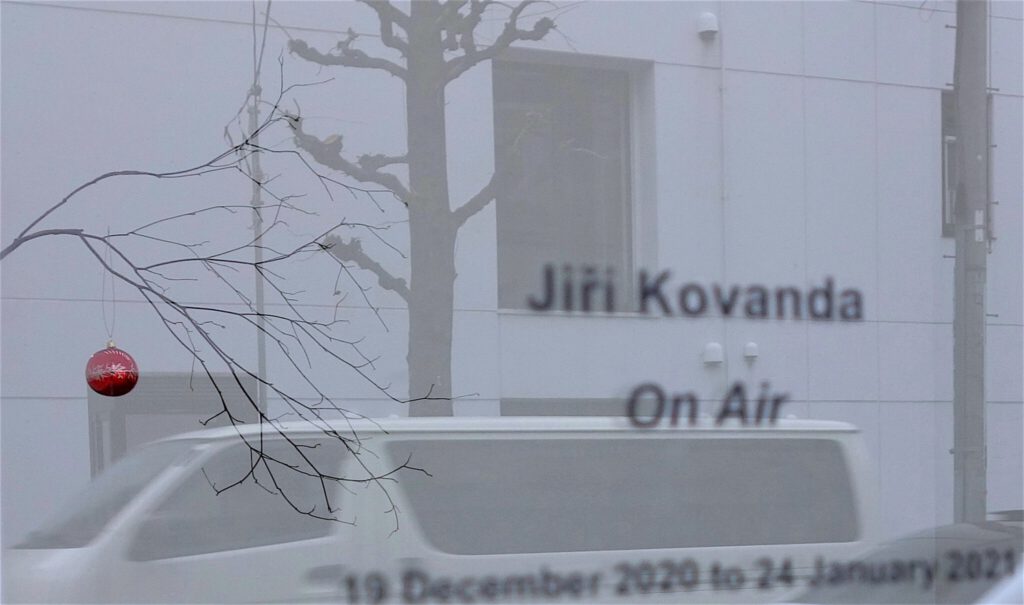
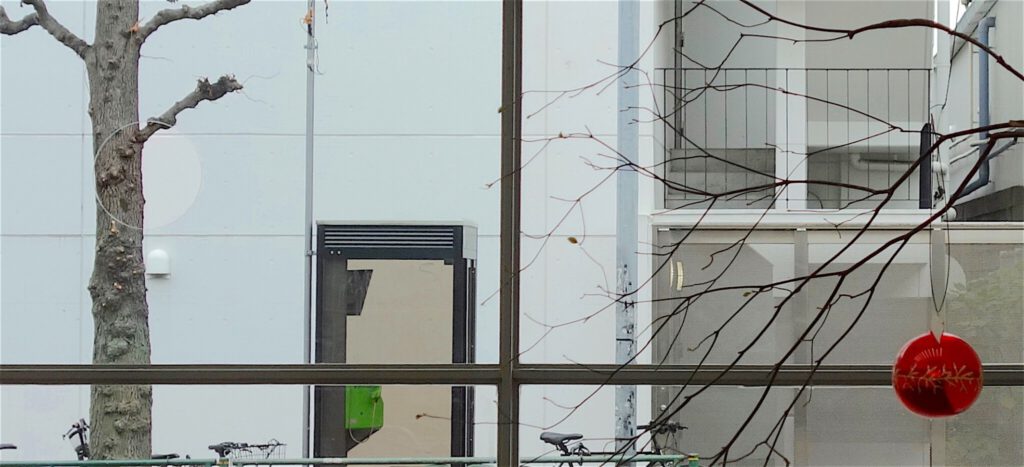


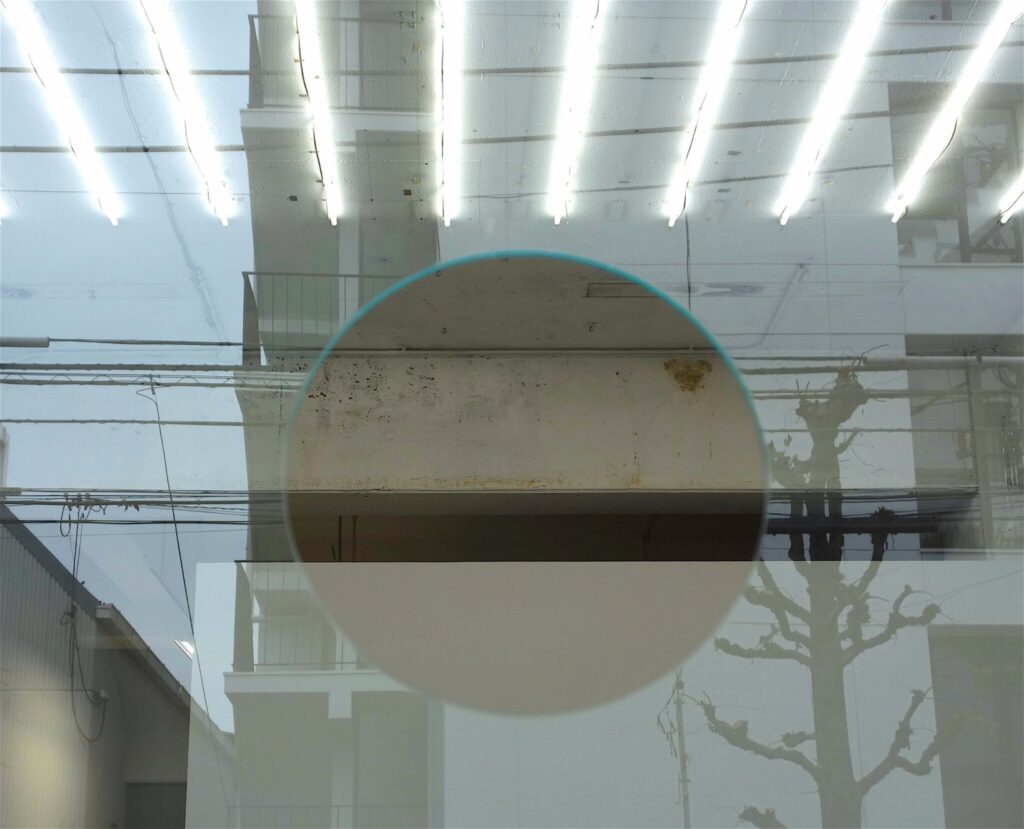
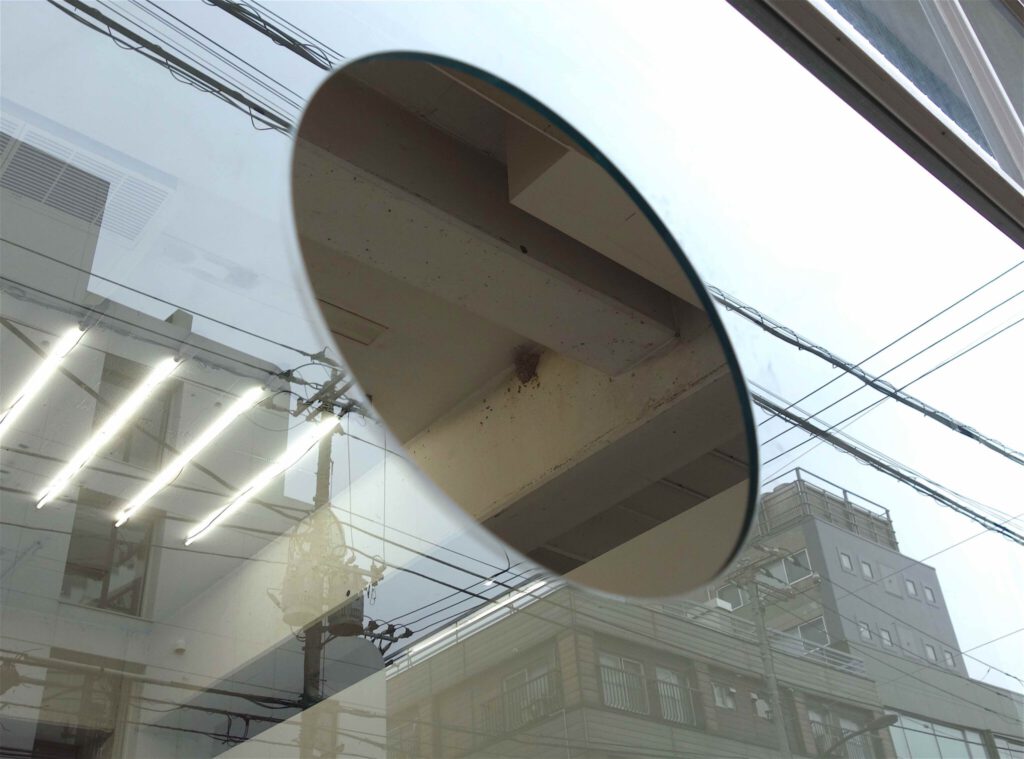
The artist metaphorically flew over all the Corona-related closed borders, freely from Prague to Tokyo.
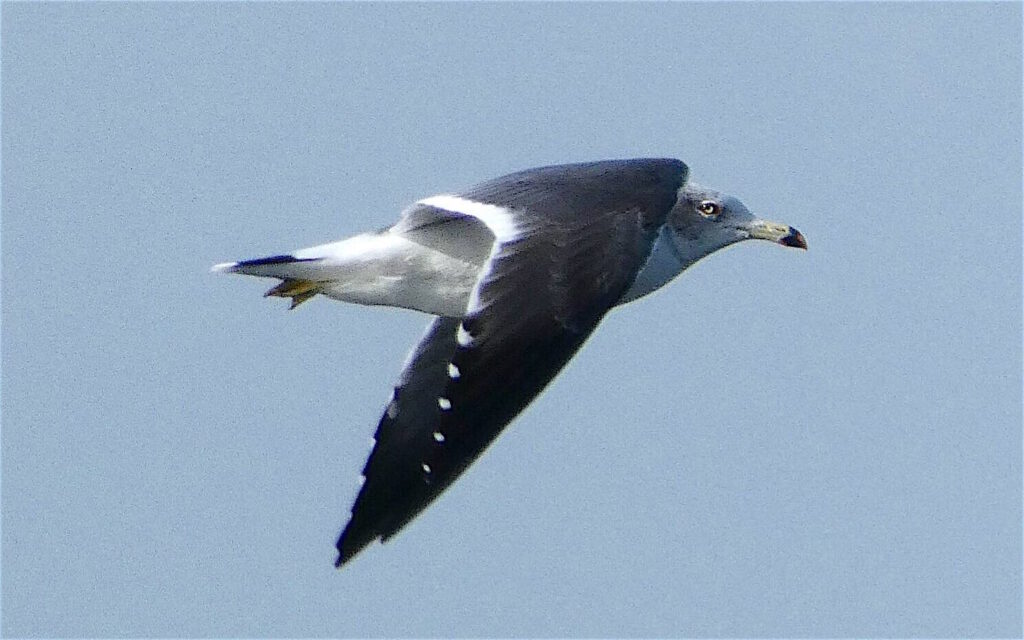
Characteristic of his artistic practice, performative poetry at its finest.
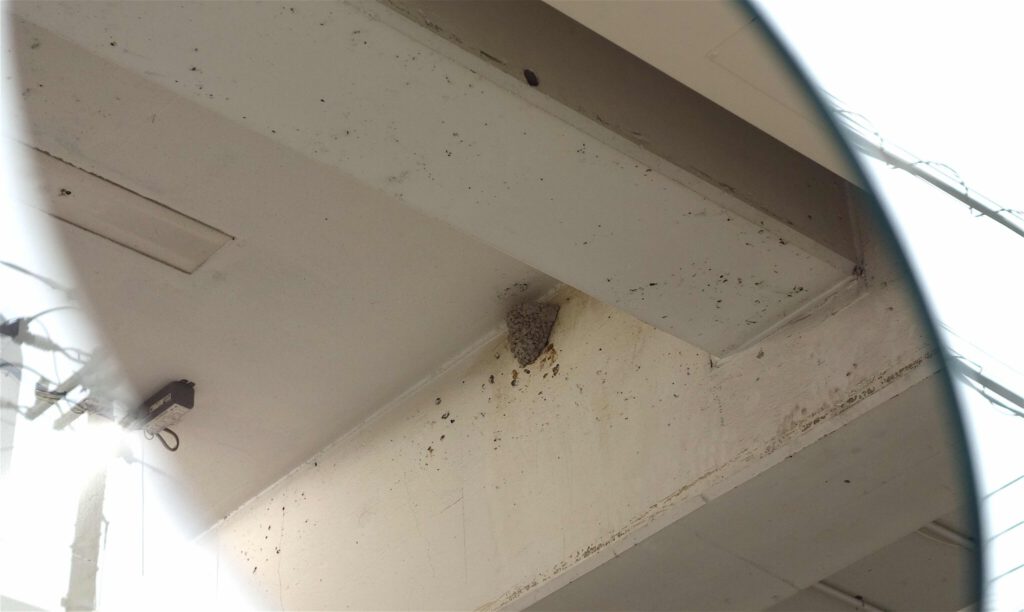

Kovanda’s attitude has been born through constrains and social restrictions, back in the late 1970’s under the totalitarian communist regime of Czechoslovakia. Well known for his subtle ephemera ― but strongly political― performances and interventions in public space, we nowadays can recapitulate how radical and avant-garde his practice was.
As I lived from the early 80’s in West-Berlin, experienced the Solidarnosc Movement and the Fall of Berlin Wall, I am familiar with the Underground art scene in former East Berlin (may I attach as info my book “Berlin, A Winter’s Tale after the Wall”, essay by Wim Wenders 1991). My travels in the German Democratic Republic, Yugoslavia, Soviet Union, China, South- and North-Korea (see my book “Korea – Geteiltes Land” 1988), plus Chile and Argentina during their Military Dictatorship period teach you how to endure, survive and escape strict surveillance by the Secret Police.
In those highly dangerous environments or habitats, always being under the observation by the Secret Police, – artists couldn’t express themselves freely. Even family members or close friends reported to the Secret Police. Japanese people know this grotesque situation from their fascism period, too.
Either you went undercover with your “anti-social” art works or you played the ordinary conformist. In this context, Kovanda chose clandestine, discreet actions, almost impossible to distinguish from real life: bumping into passers-by, waiting for the telephone to ring, attempting to meet girls in the street. These (artistic) practices per se became his escape from the totalitarian communist system, which actually exists, in a different modus, in mainland China and Russia.
Learn more at:
Art and censorship, Artist: Jiří Kovanda
https://www.memoryofnations.eu/en/kovanda-jiri-1953
https://www.memoryofnations.eu/cs/kovanda-jiri-20180312-0
Nowadays the state controlled observation became more sophisticated and manipulative. Even the internet practices censorship; – freedom loving, global artists experience a lot of constraints. Neither in 2021 we are free in artistic expression. Facebook and Instagram practice censorships on my art works. Up-loading eroticism works even here on ART+CULTURE is being censored by the “internet”.
Back in the 70’s and 80’s Kovanda’s gestures questioned the place of an individual in social space, staying apart from any reaction to the context of the Soviet period in Eastern Europe. In this aspect, we enjoy these new, liberated art projects, always having his experience from his younger years in mind.
Flying seagulls over Aoyama Meguro. Due to Covid-19 Kovanda couldn’t “fly” personally to his first exhibition to Japan. Understandable, as an essential problem with the coronavirus is our uncertain future, which is triggering a sense of fear, anger and escapism among people. The borders in Japan are almost closed, whereas in Europe everyone can move around freely.
With the finesse of the negotiator, a clever virtuosity, Kovanda surprised us with an astonishing new strong art work, which could be excellently realised in the cutting-edge gallery Aoyama Meguro gallery, see the attached pics. Bravissimo!!! The local art scene is filled with amazement about Kovanda’s Seagull Piece. It became the talk of the town, so to say. Japan’s renown art critic ICHIHARA Kentaro: “The first introduction in Japan of the artist (Jiří Kovanda) (featured in Claire Bishop’s “Artificial Hells” 2012) who developed participatory and experiential social art, embedded in the context of the repressive regime of the former socialist era in Czechoslovakia. The exhibition includes a site-specific installation and collages, drawings of local beauty at its finest. These marvellous works are full of resistance and liberation. A must-see one-man show.”
In Japanese:
イジー・コヴァンダ On Paper/ On Air @ AOYAMA|MEGURO
チェコスロバキアの旧社会主義時代に、その抑圧的体制の中で状況に埋め込まれた参加・体験型のソーシャル・アートを展開したアーティスト(クレア・ビショップの『人工地獄』で取り上げられている)の本邦初紹介。サイトスペシフィックな新作インスタレーションと、ローカルの美の極致のコラージュ・ドローイングを展示。抵抗と解放の願いが込められた秀作揃い。必見の個展です。
One of the most famous art performances in the world can be called “Kissing Through Glass” by Jiří Kovanda. As mentioned above, unfortunately the flight to Tokyo was not possible. Through the attached videos you may get a pretty good idea about the wonderful experiences each encounter between the artist and the participant is triggering off. From the joy of a little kid, to awkwardness and embarrassment between same sexes, laughter without borders or emotional tenderness between foreigners, – every imaginative performance can happen. The artist’s invitation would be as following: “I’m inviting people to kiss me through a glass wall. It’s about connection – very close but very distant. Meeting time will be between 12 and 18, place XYZ.” Kovanda hereby initiates a sensuous encounter to explore separation and connection within and against the surrounding architecture, un spazio speciale, intimo without human contact. Timeless mesmerising poetry. Timely, the best metaphor we can imagine representing our Corona-times.
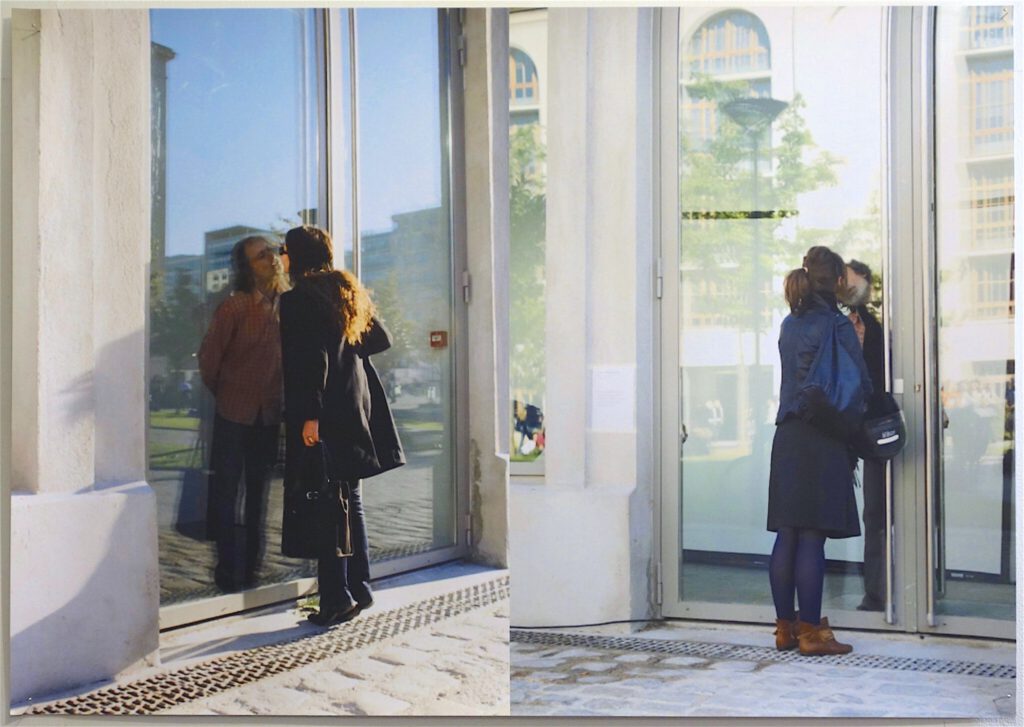
Jiří Kovanda, Kissing Through Glass
As already mentioned above, Jiří Kovanda’s influence reaches far and wide on the global art stage. Thanks to the gallerist AOYAMA Hideki, for the first time, Japanese art lovers can appreciate Kovanda’s world, mingled with a brand-new, highly sophisticated art work.
For those with sharp eyes will discover a recurring metaphorical leitmotif in every Kovanda’s work: The Circle. A universal symbol with extensive meaning. It represents the notions of Wholeness, the Infinite, the Eternity, the Timelessness, all cyclic moments in Nature and Spirituality.
Seeing a great exhibition as in the gallery AOYAMA MEGURO is a moving experience. It stays with you and inspires you to search far and wide, for the next hit of that feeling. Sometimes the impact is completely overwhelming and other times it’s subtle and builds slowly, as you learn and read more, long after you left the show.
But the result is unquestionable and profound. Your thinking is broadened and perspective is a little bit different when you leave the gallery then when you came. You had never thought of something that way or will never look at a subject, in the same light.
In a year like this, when we were unable to see art in person and galleries were closed for months because of corona, it feels even more important to remember this essential element which sustains many of us.
‘On Air’ exhibition offers as well a semi-curatorial statement: series of links to Kovanda’s body of works through a number of documents, catalogues and even rare vintage collages for sale. Each practice is deep and multifaceted and needs time and exploration.
Jiří Kovanda has stood the test of time, a celebrated artist with an humble, sympathetic character. His artistic practice, gestures raffinées, energies of love reflect the universality of art in our precious, sensitive time. Chapeau!
Together with these poetic Jiří Kovanda’s works in Tokyo, wishing you a happy New Year!
Tokyo, 2021/1/2
Mario A
Jiří Kovanda / イジー・コヴァンダ
On Air
19 Dec 2020 – 24 Jan 2021
延長 Extended! Until 14th of February 2021
AOYAMA | MEGURO 青山|目黒
2-30-6 Kami-Meguro, Meguro-ku, Tokyo
〒153-0051 東京都目黒区上目黒2-30-6
opening hours:
Thu. and Fri. 12:00-19:00
Sat. and Sun. 12:00-18:00
http://aoyamameguro.com/exhibitions/jirikovanda/
http://aoyamameguro.com/en/exhibitions/jirikovanda/
http://aoyamameguro.com
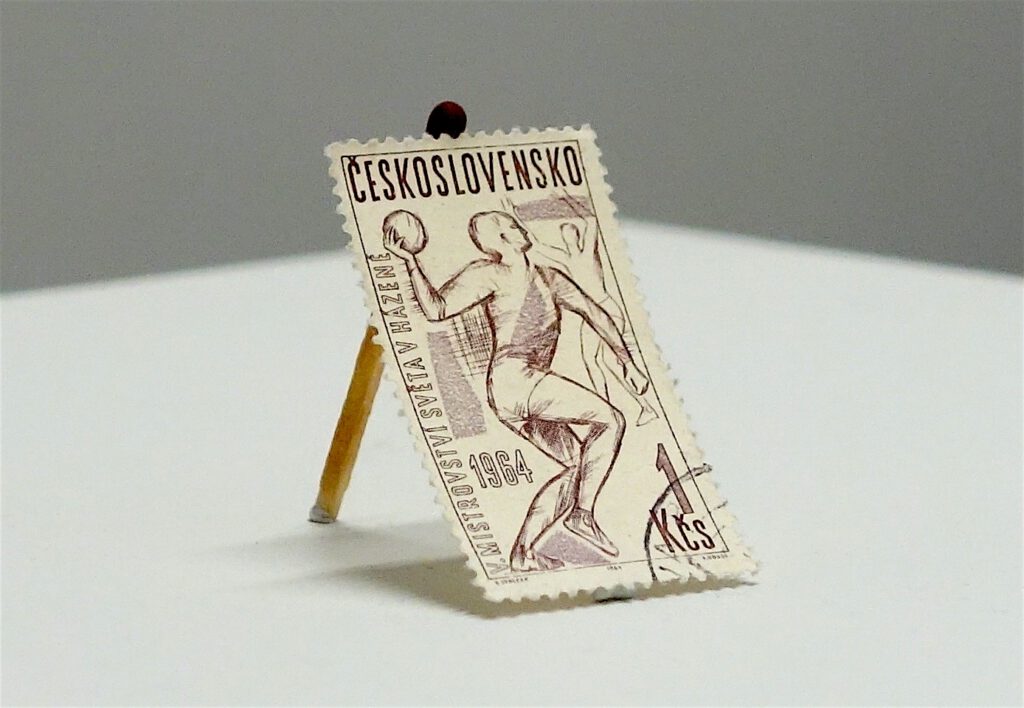

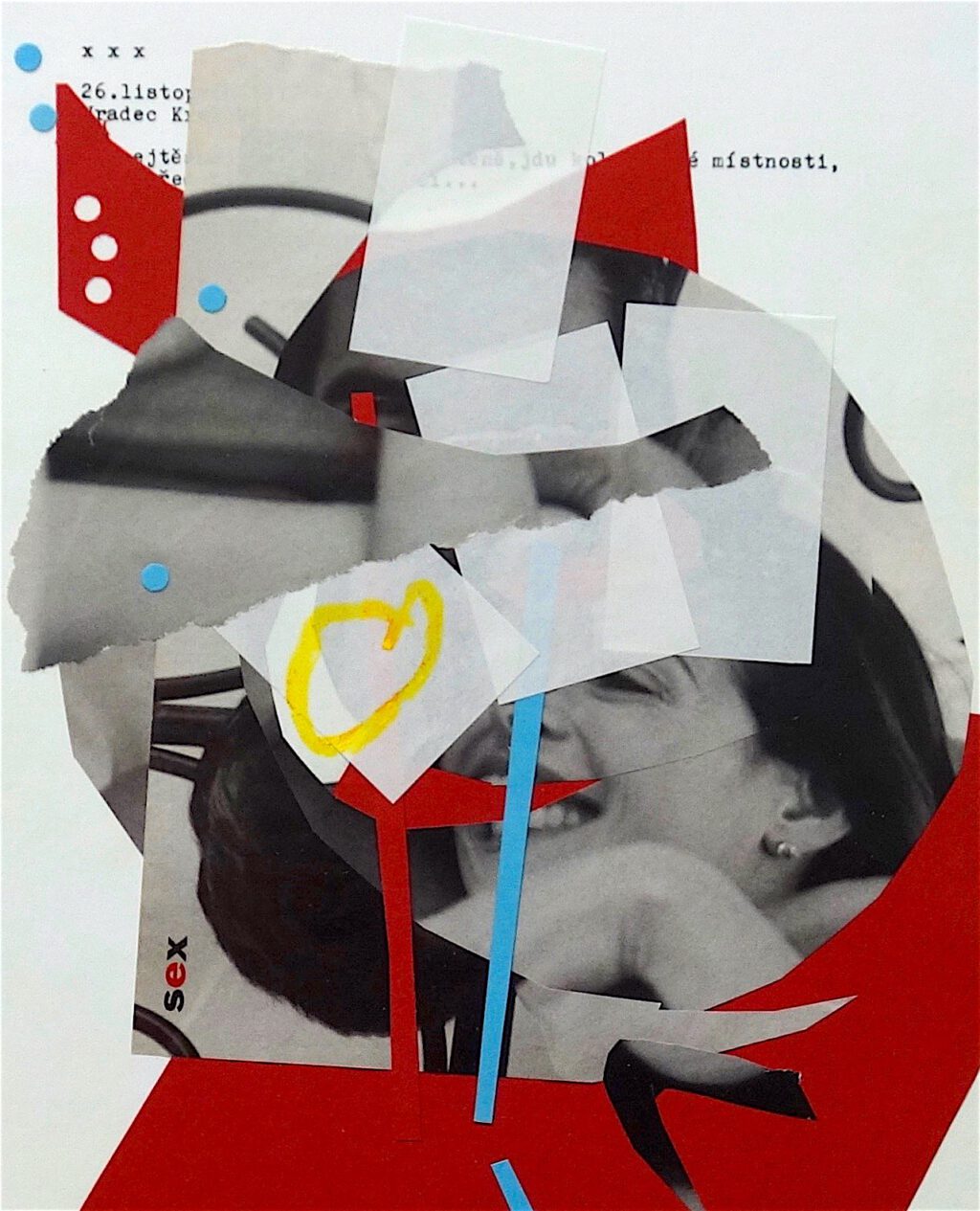

Part of a Croatian-Czech dictionary? “Pravdu” = alles, was recht ist! :-)
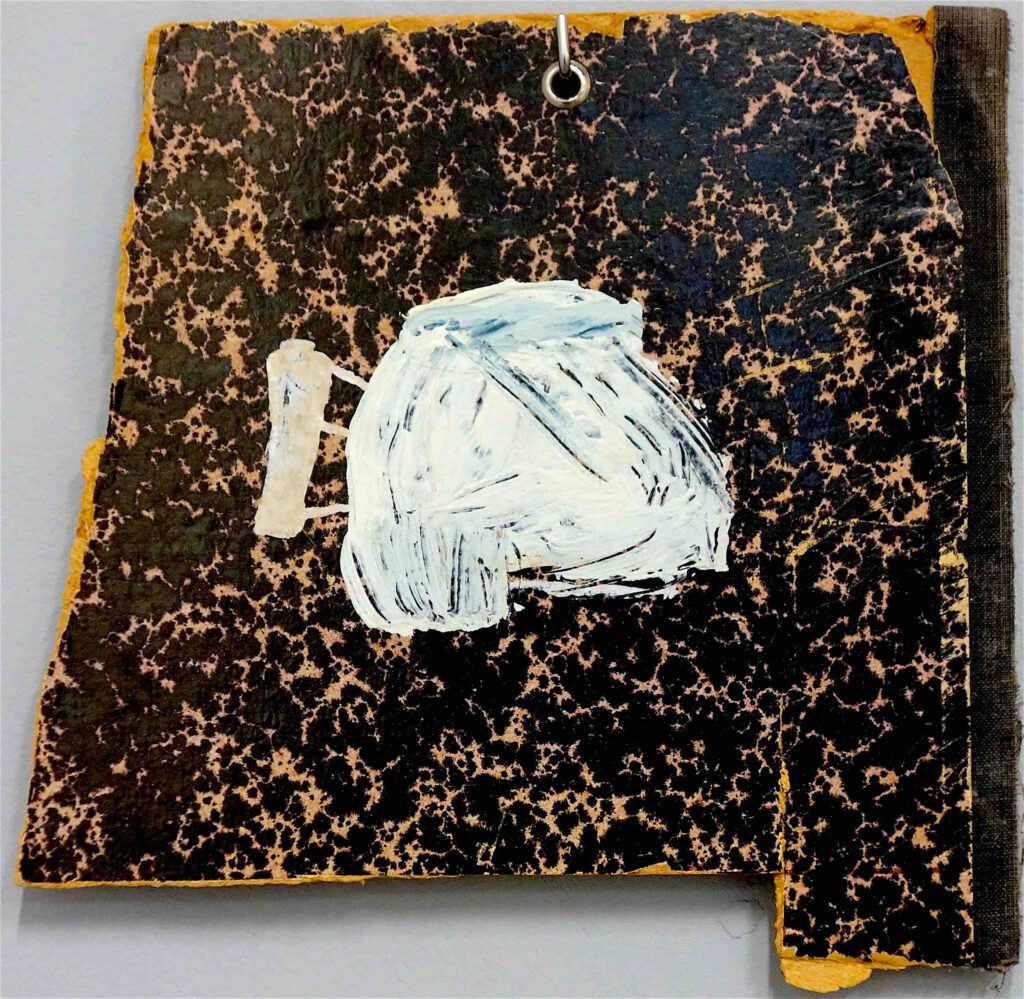
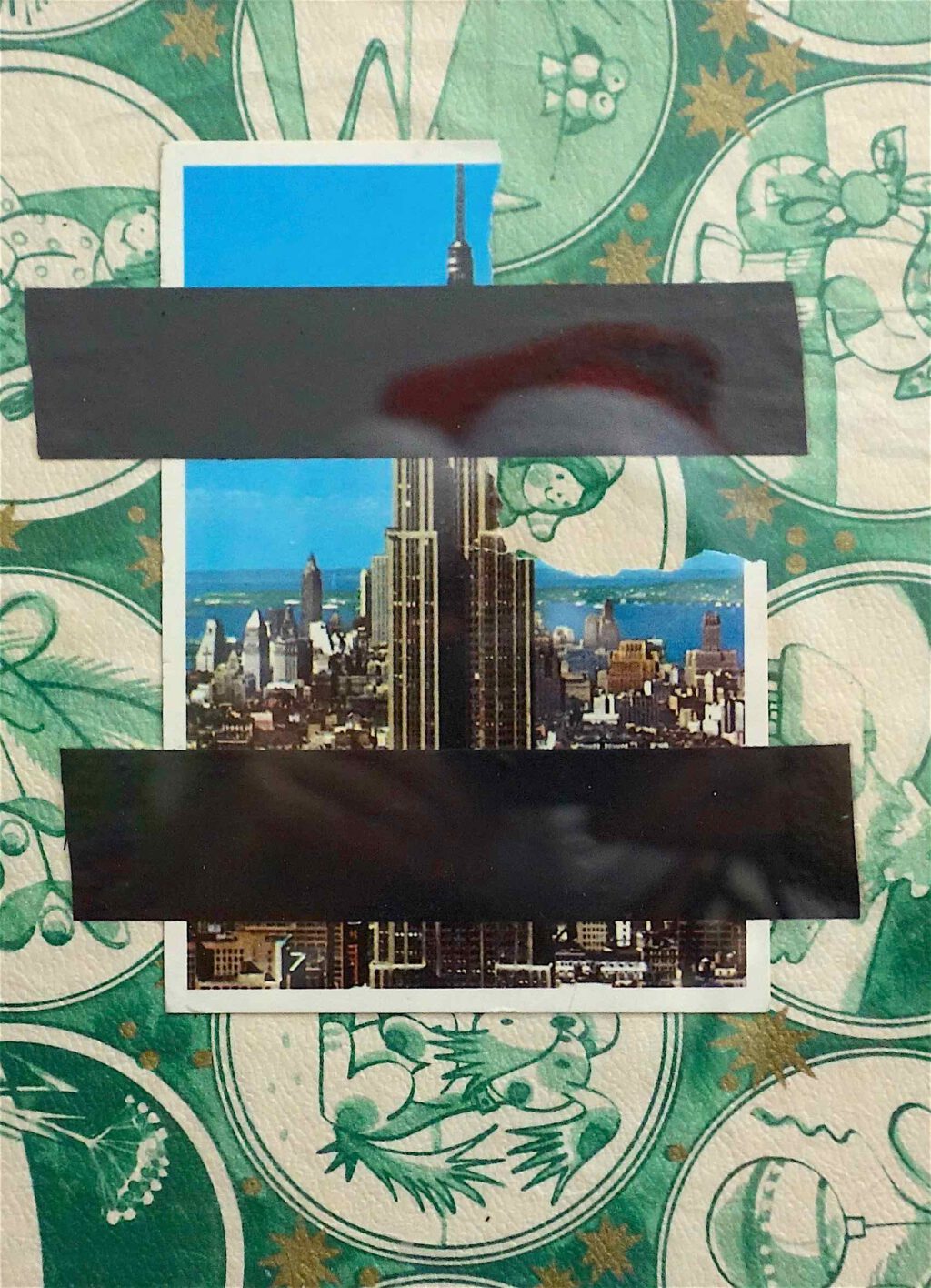
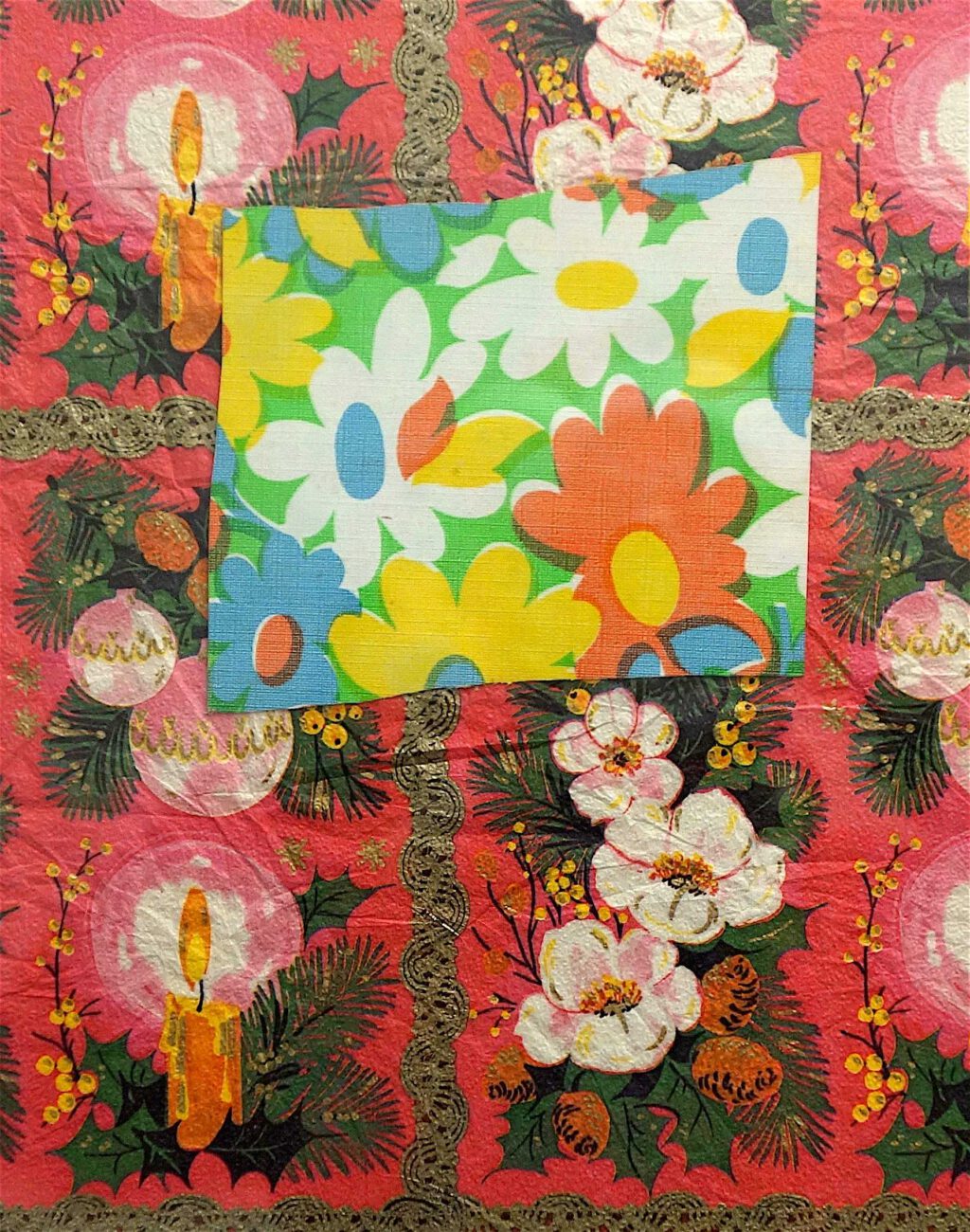
おまけ, today’s bonus for Jiří
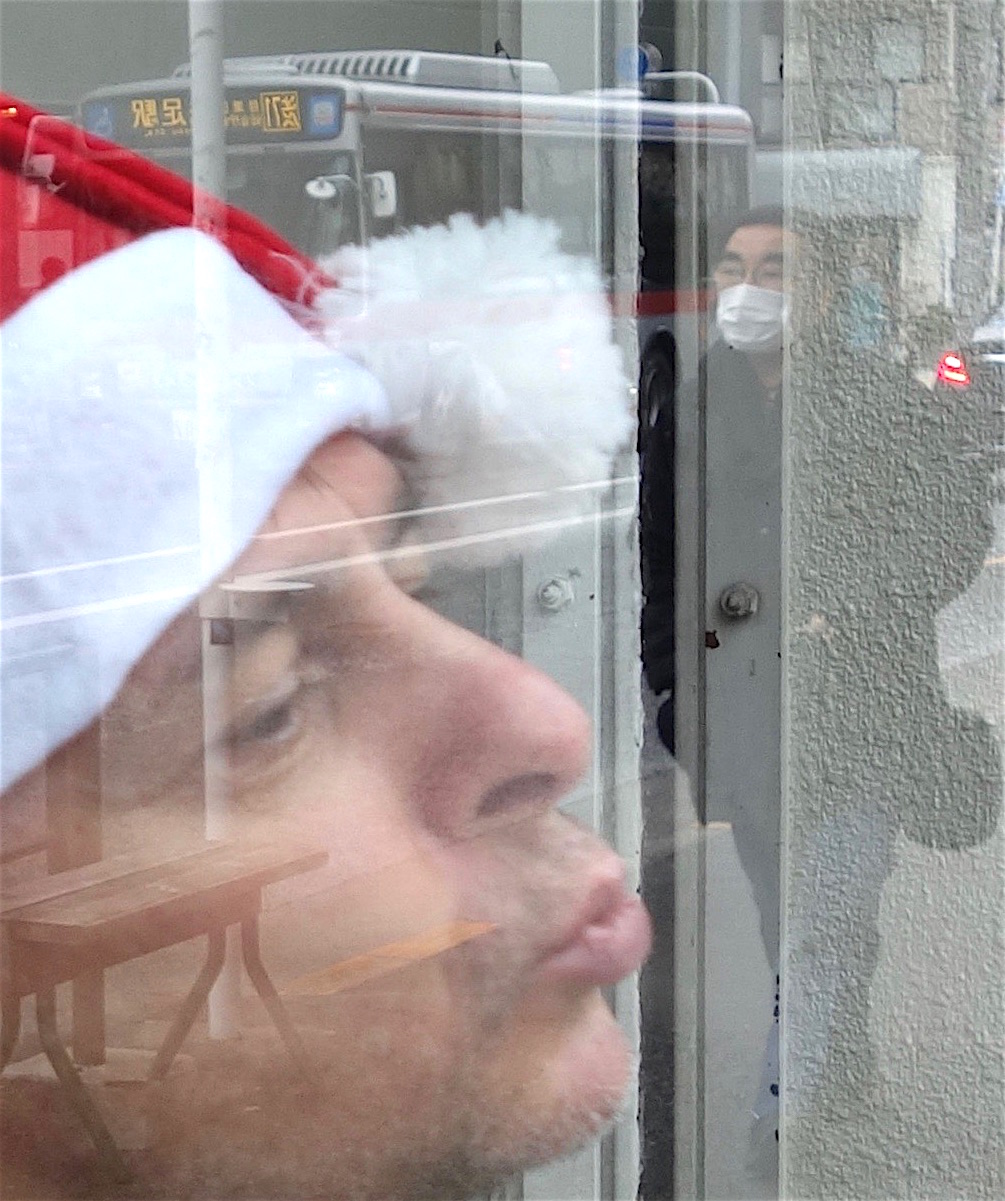

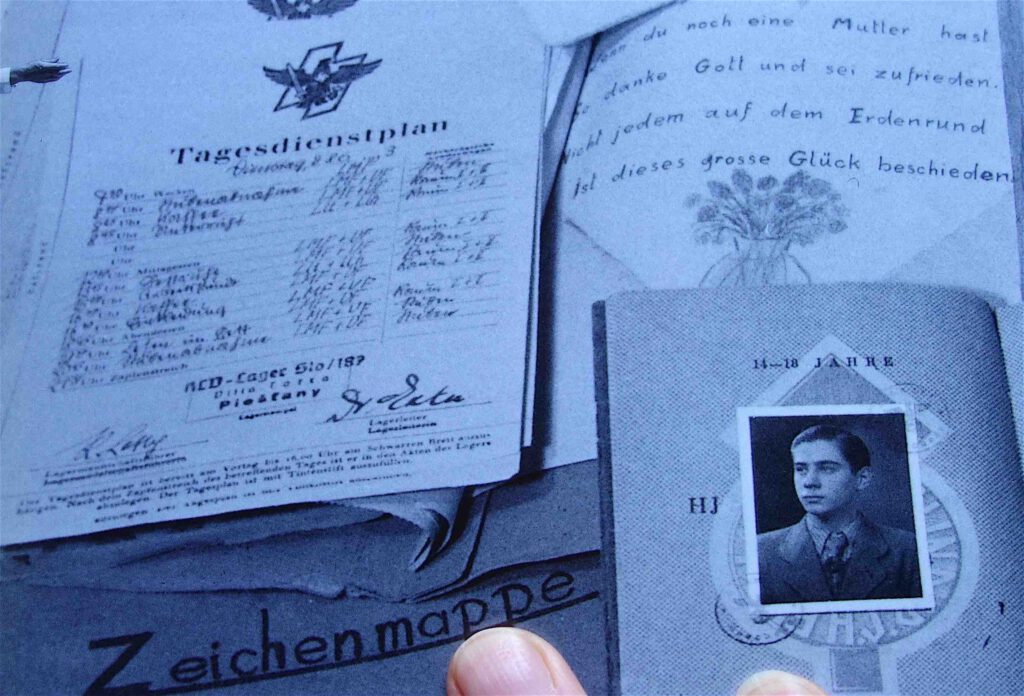
2nd “bonus”
Karel Kryl – Bratříčku zavírej vrátka (1969)
Noch heute leugnen viele Linke diese Untaten. Sie schwärmen immer noch in nostalgischen Gefühlen von der Sowjetunion. Ich war 1968 20 Jahre alt und kam damals kaum vom Radio los. Mir sind die lichten Gestalten des Prager Frühlings noch immer im Gedächtnis. Und diese Melodie kenne ich noch immer. Von den Dissidenten ist mir noch die spätere Charta 77 gut im Gedächtnis geblieben.
Schon immer ..
diesen Song (übersetzt “Brüderchen mach die Tür zu”) schrieb Karel Kryl in der Nacht zum 21. August 1968, als Panzer der Sowjetunion in die Tschechoslowakei einrollten und die Demokratisierung des Prager Frühlings über Nacht zerstörten. Von vielen deutschen Linken in Ost und West ignoriert und/oder vergessen. Viele haben sicher die Bilder des Konzerts in Prag am Dienstag gesehen. Dort ist es im kollektiven Gedächtnis und das hat man gespürt.
Was für eine unglaubliche Ignoranz von unserer Position aus über den Anfang der 90er Jahre im Baltikum und anderen osteuropäischen Ländern demokratisch beschlossenen NATO Beitritt zu urteilen!
Karel Kryl musste wie viele seiner Landsleute emigrieren und ist schon mit 50 Jahren im Exil gestorben. Dieses Lied aber ist im Gedächtnis der Menschen geblieben und wurde am Dienstag von dem Sänger Michal Hrurza gesungen.


